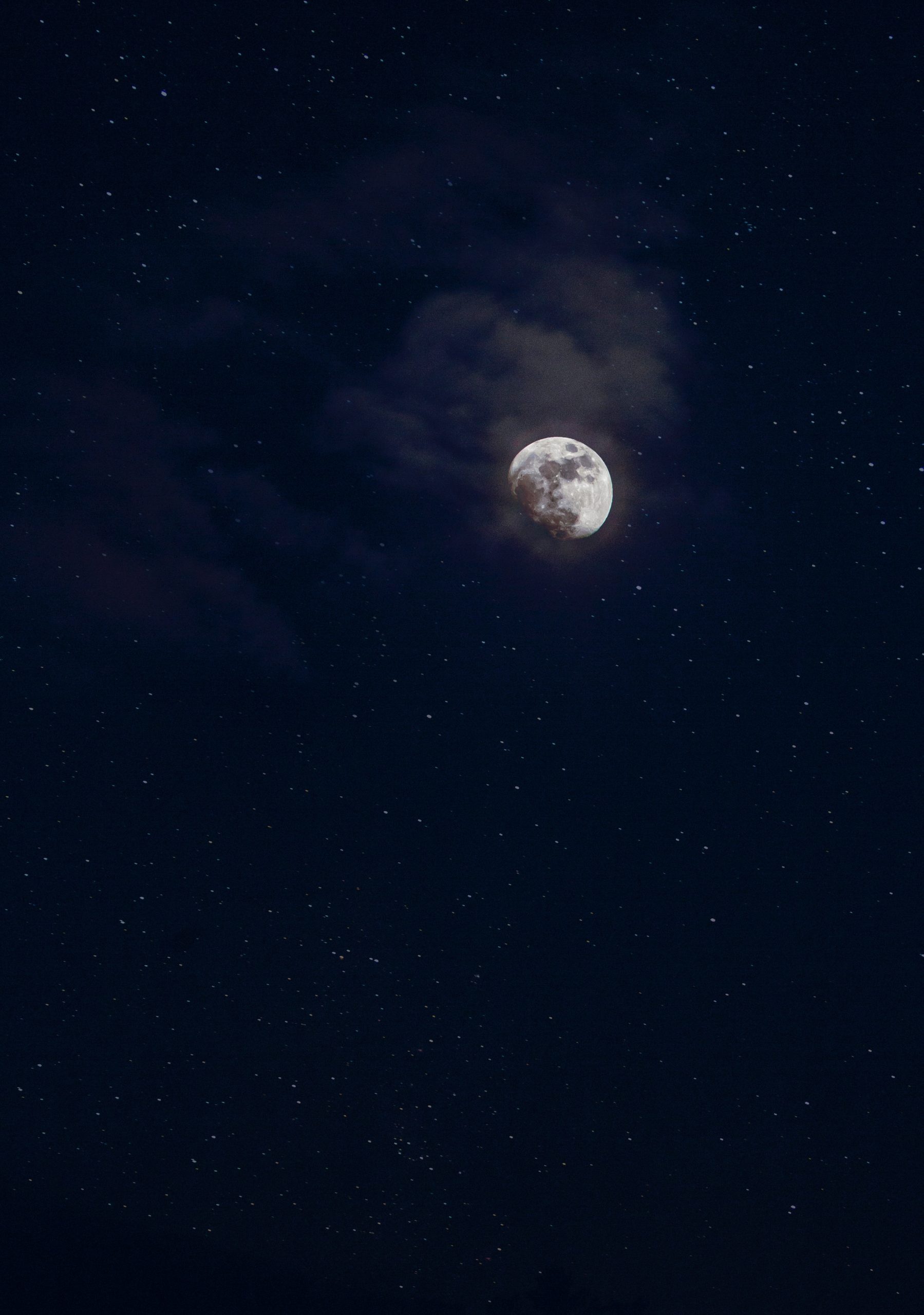Explaining the Waxing and Waning of the Moon: A Comprehensive Guide
The moon has fascinated humans for centuries. Its ever-changing appearance in the night sky has captivated poets, scientists, and dreamers alike. One of the most noticeable aspects of the moon’s cycle is its waxing and waning phases. In this blog post, we will explore the phenomenon of the waxing and waning of the moon, its causes, and its significance.
Understanding the Moon’s Phases
Before delving into the waxing and waning of the moon, let us briefly understand the moon’s phases in general. The moon goes through a complete cycle and transitions through eight distinct phases over a period of approximately 29.5 days.
These eight phases are:
- New Moon
- Waxing Crescent
- First Quarter
- Waxing Gibbous
- Full Moon
- Waning Gibbous
- Last Quarter
- Waning Crescent
Each of these phases holds a unique appearance that can be observed from Earth. However, in this blog post, we will primarily focus on the waxing and waning phases.
What is Waxing?
The term “waxing” describes the phase of the moon when the illuminated area visible from Earth gradually increases. It begins as a slender crescent, known as the waxing crescent, and gradually progresses to a near-full moon. This phase is also characterized by the moon’s illumination moving from right to left.
During the waxing phase, the moon appears to grow in size night after night, becoming brighter and more visible. This occurs because the moon is moving in its orbit around the Earth, which results in different amounts of sunlight reflecting off its surface, thus producing the changing appearance we observe from Earth.
| Phase | Description |
|---|---|
| Waxing Crescent | A small, curved shape of the moon’s illuminated side |
| First Quarter | Half of the moon’s illuminated side appears |
| Waxing Gibbous | A majority of the moon’s illuminated side is visible |
| Full Moon | The entire illuminated side of the moon is visible |
What Causes the Waxing Phase?
The waxing phase occurs as a result of the moon’s position in relation to the Earth and the Sun. As the moon orbits the Earth, we observe different portions of its illuminated side depending on our viewing angle. When the moon is positioned between the Earth and the Sun, the illuminated side faces away from us, resulting in a new moon.
However, as the moon moves in its orbit around the Earth, the angle between the Sun, Earth, and moon changes. This gradually reveals more of the moon’s illuminated side, leading to the waxing crescent, first quarter, waxing gibbous, and finally, the full moon.
It is important to note that the moon does not emit light of its own. Instead, it reflects the sunlight falling on its surface towards Earth, which is why we can see it in the night sky.
Exploring the Waning Phase
Unlike the waxing phase, the waning phase refers to the period when the illuminated area of the moon visible from Earth gradually decreases. It begins as a full moon and progresses towards a slender crescent shape once again. During this phase, the moon’s illumination appears to move from left to right.
Just like the waxing phase, the waning phase is a result of the moon’s changing position in relation to the Earth and the Sun. As the moon continues its orbit around the Earth, the angle between the Sun, Earth, and moon changes once again. This causes the moon’s illuminated side visible from Earth to decrease, leading to the waning gibbous, last quarter, waning crescent, and ultimately, a new moon.
| Phase | Description |
|---|---|
| Waning Gibbous | A majority of the moon’s illuminated side is still visible |
| Last Quarter | Half of the moon’s illuminated side appears |
| Waning Crescent | A small, curved shape of the moon’s illuminated side, similar to the waxing crescent |
| New Moon | The moon’s illuminated side is not visible from Earth |
Significance of Waxing and Waning
The waxing and waning of the moon have held cultural, religious, and symbolic significance across various civilizations throughout history. The changing appearance of the moon has been used as a navigational tool, a calendar, and as inspiration for myths and legends.
For many ancient cultures, the moon’s phases played a significant role in determining the passage of time. The lunar cycle helped early civilizations keep track of months and seasons, aiding in agricultural practices and the planning of religious festivals.
The waxing and waning of the moon also influenced cultural beliefs and rituals. In some cultures, the waxing phase was associated with growth, abundance, and new beginnings, while the waning phase symbolized release, letting go, and introspection.
Even today, the moon’s phases continue to inspire and captivate us. Many people find solace and reflection during the moon’s waning phase, utilizing its energy for personal growth and transformation.
In Conclusion
The waxing and waning of the moon are awe-inspiring phenomena that have fascinated humans for centuries. These phases occur as a result of the moon’s changing position in relation to the Earth and the Sun, resulting in different amounts of sunlight reflecting off its surface.
The waxing phase marks the period when the moon’s illuminated side visible from Earth gradually increases, leading to a full moon. On the other hand, the waning phase refers to the time when the illuminated side decreases, culminating in a new moon.
The waxing and waning of the moon hold cultural, religious, and symbolic importance, influencing our understanding of time, nature, and personal growth. Whether viewed through a scientific lens or appreciated for its mystical allure, the moon’s phases continue to captivate our imaginations and remind us of the wonders of the universe.
Table of Contents
